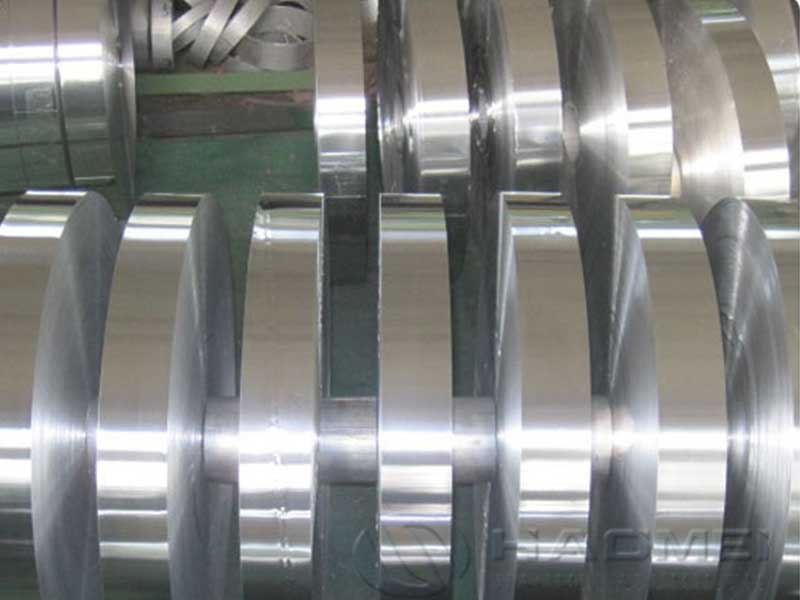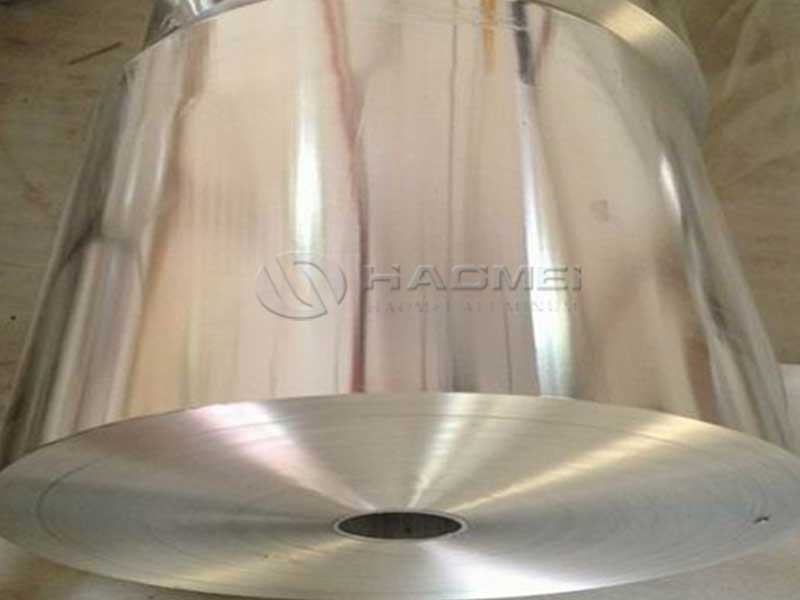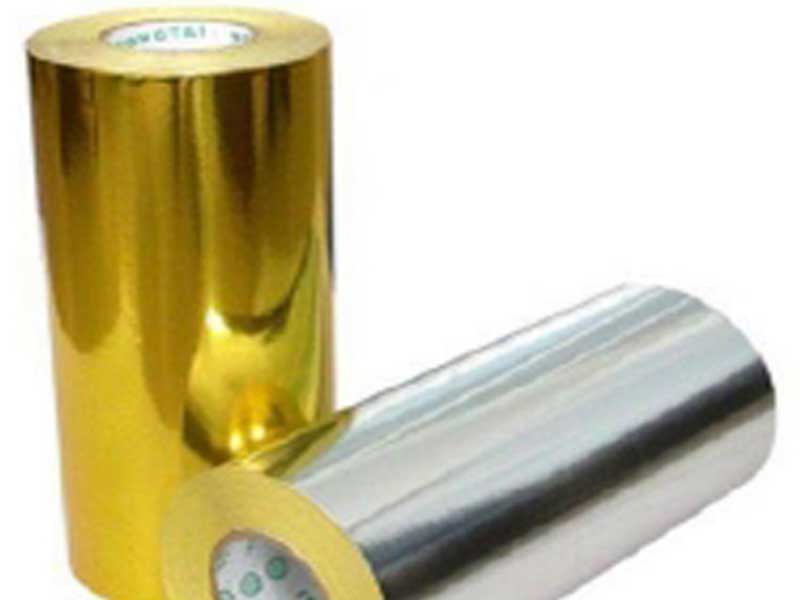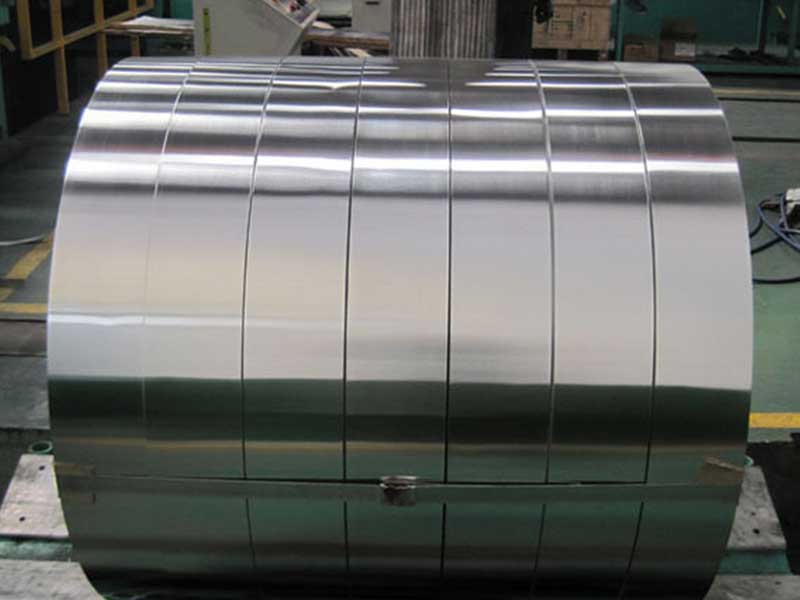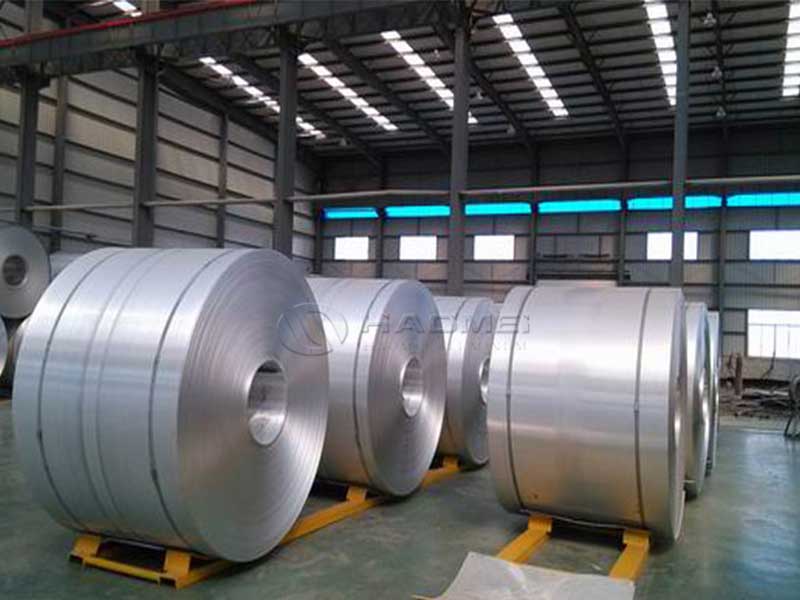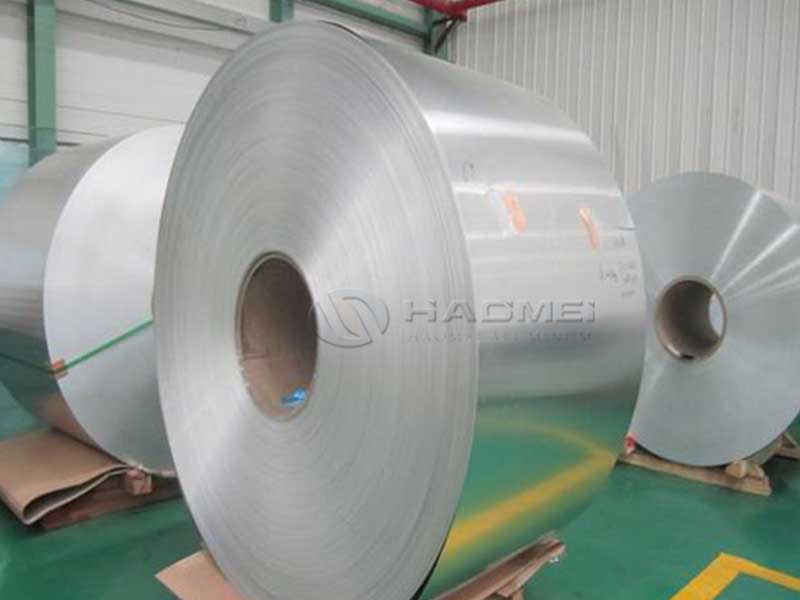In the realm of packaging, insulation, and industrial applications, aluminum foil plays a pivotal role. Among its varieties, thin aluminum foil stands out as a uniquely adaptable and indispensable material. Beyond its familiar kitchen uses, thin aluminum foil represents a marvel of engineering—crafted to meet precise technical standards and exhibit distinct chemical and physical properties.
What Is Thin Aluminum Foil?
Thin aluminum foil generally refers to aluminum sheets with a thickness below 0.025 mm (25 microns), often ranging between 6 to 23 microns. This ultra-thin gauge allows the foil to combine incredible flexibility with adequate strength, ensuring it can wrap delicate items or form part of complex multilayer laminates without compromising durability.
Working with thin aluminum foil presents a unique set of challenges compared to thicker gauges. The primary concern is its fragility; even minor mishandling during production, transportation, or packaging can lead to tears, creases, and significant waste. We've found that optimizing our roll-to-roll processes is crucial, requiring precise tension control to prevent breakage and careful handling of the delicate material. Furthermore, the thinness necessitates stricter quality control measures to detect pinholes or inconsistencies in gauge that might compromise the foil's functionality – especially in applications demanding barrier properties like food packaging. We've invested heavily in non-contact thickness measurement systems and advanced optical inspection techniques to ensure consistent quality and minimize defects.
Beyond the mechanical aspects, the thin gauge impacts the downstream applications significantly. For instance, the increased surface area to volume ratio in ultra-thin foils necessitates careful consideration of surface treatments. Achieving uniform coating application becomes critical, as unevenness can negatively affect the foil's properties, such as its heat reflectivity or its ability to bond with other materials in a lamination process. We’ve seen cases where seemingly minor discrepancies in coating thickness led to significantly reduced performance in heat sealing applications for flexible packaging, ultimately impacting the shelf life of the packaged product. Therefore, the interplay between foil gauge, surface treatment, and the final application is paramount to success.
Because of its slim profile, thin aluminum foil excels in applications requiring light weight, barrier properties, and heat conduction, such as food packaging, pharmaceutical blister packs, electronics insulation, and even decorative arts.
Material Parameters and Standards
To ensure the performance of thin aluminum foil segments worldwide, manufacturers adhere to detailed technical parameters and international standards. The most referenced guidelines include:
- Thickness: Ranges from 6 to 25 microns (0.006 – 0.025 mm).
- Width: Commonly produced up to 1200 mm, customizable per client needs.
- Tensile Strength: Typically 90 - 140 MPa for most packaging grades.
- Elongation at Break: Between 2% to 35%, balanced to prevent brittleness.
- Surface Finish: Bright or dull, depending on rolling pressure and intermediate anneals.
Standards that define such requirements include ASTM B479 for rolled foil, and EN 573 or ISO 6362 for alloy chemical composition and temper designations.
Alloy Composition and Chemical Properties
Thin aluminum foil is primarily manufactured from two aluminum alloys due to their ductility and corrosion resistance:
| Element | Alloy 8011 (%) | Alloy 8100 (%) |
|---|---|---|
| Aluminum (Al) | ≥ 98.5 | ≥ 98.8 |
| Iron (Fe) | ≤ 1.0 | ≤ 0.30 |
| Silicon (Si) | ≤ 1.20 | ≤ 0.20 |
| Copper (Cu) | ≤ 0.10 | ≤ 0.05 |
| Manganese (Mn) | ≤ 0.20 | ≤ 0.20 |
| Zinc (Zn) | ≤ 0.10 | ≤ 0.10 |
| Others | Balance | Balance |
These alloys are carefully selected to optimize formability and prevent cracking during processes such as rolling, annealing, and embossing. The 8xxx series subfamily is specific for foil applications, with the 8011 alloy being the most popular choice for food-grade purposes due to its non-toxic, corrosion resistant nature.
Tempering and Industry-Specific Conditions
One of the defining processes shaping thin aluminum foil's characteristics is tempering—the controlled heat treatment and mechanical work hardening combination.
Common Temper Grades for Thin Aluminum Foil:
- H19 (Fully Hardened): Maximum strength but minimal ductility. Often used where greater stiffness and resistance are necessary.
- H18 (Spring Temper): A somewhat less rigid foil allowing slight reshaping without plastically deforming.
- O (Annealed): Softest temper offering great softness and pliability; ideal for complex forming and tight wrapping.
The chosen temper directly influences the foil’s ability to resist tears, maintain a smooth surface or achieve proper wrinkle resistance in automated packaging. Annealing after rolling relieves internal stresses and enhances flexibility but reduces tensile strength, necessitating careful balance depending on application needs.
Functional Applications Illuminated
Barrier Protection: Thin aluminum foil’s low permeability effectively blocks moisture, oxygen, light, and bacteria—essential for maintaining food freshness or safeguarding sensitive pharmaceuticals.
Heat & Electrical Conduction: Excellent thermal conductance of aluminum enables thermal insulation layers in construction and heat exchangers in industrial use. Thin foils also serve as conductive layers for electromagnetic shielding in electronics.
Sustainability Note: Aluminum foil is highly recyclable. Using thin foil reduces raw material consumption while maximizing product protection, which aligns well with eco-sensitive industries.


